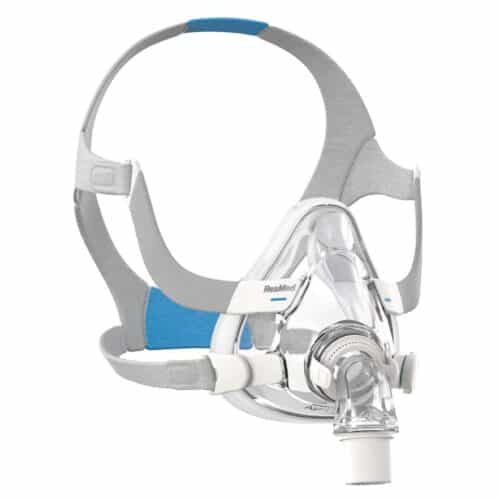Get 10% off your order!
Sign up below for PAP’s Newsletter, and keep an eye on your inbox for a one-time code. Offer not available on sale items.
Whether you are just at the beginning of your sleep apnea treatment journey and searching for the best at-home sleep study, or you’re a veteran CPAP (or APAP/BiPAP) warrior, out looking to renew your CPAP prescription and re-up on some CPAP supplies, there’s always more to learn about this wide-spread, invisible illness. So, if you suspect you may suffer from sleep apnea — or you’ve finally come to grips with the fact that you do, get ready for us to cram a few more facts into your brain about the sleep disorder we all know and love hate.
But first, just for the new kids in the classroom today, a few quick questions you may have that we’ve got the answers to:
Great question. We’ll let our friends, the Mayo Clinic, take this one:
(MC): “Sleep apnea is a potentially serious sleep disorder in which breathing repeatedly stops and starts. If you snore loudly and feel tired even after a full night’s sleep, you might have sleep apnea.
The main types of sleep apnea are:
Another great question, wow. Mayo Clinic, care to chime in?
(MC): “Snoring can be caused by a number of factors, such as the anatomy of your mouth and sinuses, alcohol consumption, allergies, a cold, and your weight.
When you doze off and progress from a light sleep to a deep sleep, the muscles in the roof of your mouth (soft palate), tongue and throat relax. The tissues in your throat can relax enough that they partially block your airway and vibrate.
The more narrowed your airway, the more forceful the airflow becomes. This increases tissue vibration, which causes your snoring to grow louder.
The following conditions can affect the airway and cause snoring:
Thank you, everyone, for your patience. That said, without any further ado, the Top 8 Surprising CPAP + Sleep Apnea Facts You Didn’t Know You Needed But, Boy Howdy, Did You Ever Actually Need Them. (Sorry, the boss made us edit the title.)
Okay, we know. This one’s kinda scary right out of the gate. But take a deep breath, because if treated early enough, your kiddo will likely avoid any serious health complications down the road.
And while snoring in children can be just that: snoring, you’ll want to take them to the Doc if your child is presenting any other sleep apnea symptoms such as snorting (with a “t”), coughing, gasping for air, or mouth-breathing while asleep. And let’s be real, if your little one is always tired, that is a pretty good sign it could be sleep apnea.
Unfortunately, for those of us prone to the blues and suffering from a sleep disorder, depression and sleep have what is referred to as a bidirectional relationship, meaning: the worse/less sleep you get, the more depressed you can become; and the more depressed you become, the more your sleep suffers.
It’s basically The Neverending Story of symbiotic relationships, just in the worst way possible (cue canned laughter). The good news is that while treating one disorder may happen to improve the other, simultaneous therapy for both disorders is the best form of attack — it’s a win win, if you will.
And if you are having suicidal thoughts or considering harming yourself or another, call the National Suicide Prevention Lifeline at 800-273-8255.
If you are looking to find the best products for your sleep apnea journey and maybe chat about cheese curds, call us at 866-318-4548.
This one’s a doozy, folks. When our brains aren’t getting enough oxygen while we sleep, it can leave us excessively fatigued and unable to focus or concentrate. This is a recipe for disaster.
It is estimated that if all drivers with sleep apnea in the U.S. were treated, we would save 980 lives, and 11.1 billion in collision costs every year – using a CPAP machine lowers this risk by a whopping 70%!
Sadly, that is not the only potentially fatal side effect of untreated sleep apnea.
While smoking and obesity can lead to sleep apnea, they are much easier to address and nip in the bud before more serious issues erupt down the road. Both can increase the already-present risk of stroke in those suffering from sleep apnea. Thankfully, ditching these unhealthy habits can ultimately have great impacts on your overall sleep health as well — smoking alone increases your risk of sleep apnea by threefold!
Luckily, these days there are many, many options for nicotine replacements, meal services, healthy eating guides, and telehealth mentors and counselors to help you get on the right track physically, nutritionally, and with lifestyle changes that could change (and prolong) your life. You are not alone in this.
Women and men, children and the elderly, overweight people, fit people, and even famous athletes. In the U.S. alone, an estimated 22 million people suffer. That’s more than everyone in Florida. I mean holy smokes, that’s a lot of friggin’ people!
The bright side is that technology has moved at a clip pace, as we can now offer the only disposable at-home sleep study where you get your diagnosis quick and easy via the cloud, and best of all: from the comfort of your own bed, without the hassle of sending anything back.
Can you imagine getting hooked up to a bunch of wires and trying to get a decent night’s sleep in a medical facility with everyone in Florida?!
Yikes! And that’s just for moderate and severe obstructive sleep apnea cases – there are three kinds (obstructive, central, and complex), so in this case, 80% is a conservative estimate.
But left untreated, sleep apnea is a dangerous disorder, increasing your risk not only of a stroke, but of type II diabetes, heart attack, shortened lifespan, and death. And if that weren’t terrifying enough — on a national level, Frost & Sullivan calculated that the annual economic burden of undiagnosed sleep apnea among U.S. adults is approximately $149.6 billion.
When it comes to sleep apnea, it pays to get diagnosed.
Yep. It really does work, dudes and dudettes.
In fact, across the board, improvement was seen in such areas as Emotional Functioning (look, sometimes we all need to feel our feelings, but we still need to function — have you ever seen a toddler have a meltdown because they needed a nap? It’s kinda…that thing.), Social Interactions (we know we could all use a little help there), Daily Functioning (yes it’s just getting better and better) and drumroll, please… Symptoms.
That’s right folks, step right up, grab a hot dog and behold the majesty of the machine that changed everything! The mighty CPAP Machine, with the power to improve sleep apnea symptoms (and a whole bunch of other great things) in as little as three months!
It may sound like snake oil, but it’s better: it’s science.
That’s a lot of abandonment for something that seems to help so much, dontcha think?
But due to a host of factors, finding the right mask and the right machine for you and your sleep style is an imperative step that often doesn’t get the full attention it, nor you, deserve. That’s why a simple process, patient education/health literacy, and on-going monitoring services are just some of the awesome sleep apnea services we have at our disposal to ensure that you get the most from your CPAP therapy on your sleep apnea treatment journey.
Do you have any questions about our exclusive sleep apnea treatment journey (we call it Pap’s Pathway)? Did you give up on your CPAP Therapy? Are you nervous to take your sleep study? Let us know in the comments, we’re here to help! And you can always call: 833-216-CPAP or email: sleeptight@cpaprx.com.


Sign up below for PAP’s Newsletter, and keep an eye on your inbox for a one-time code. Offer not available on sale items.
SUBSCRIBE TO OUR NEWSLETTER Receive exclusive offers & insightful articles to enhance your sleep.
Search by product name, type or brand.
